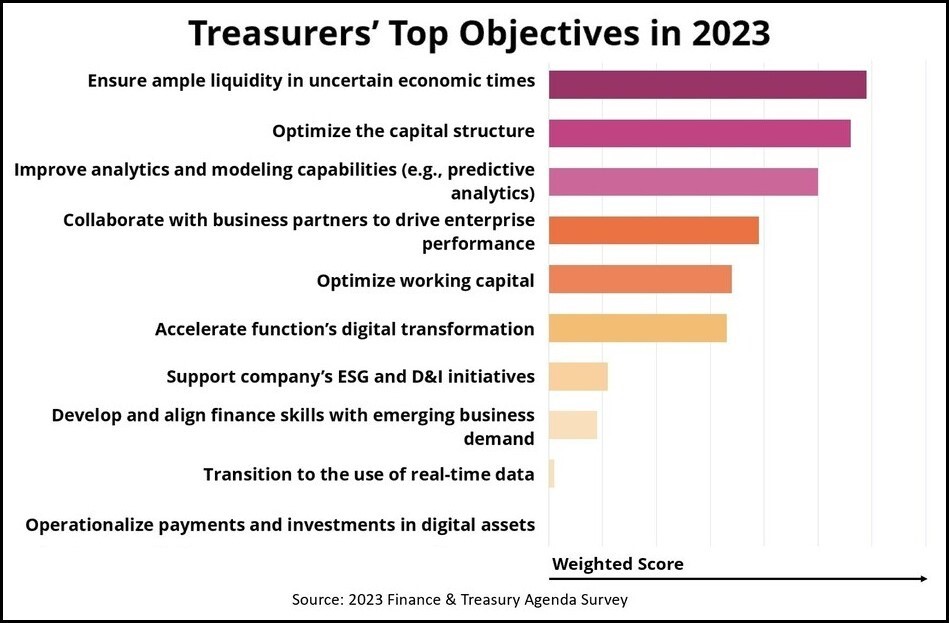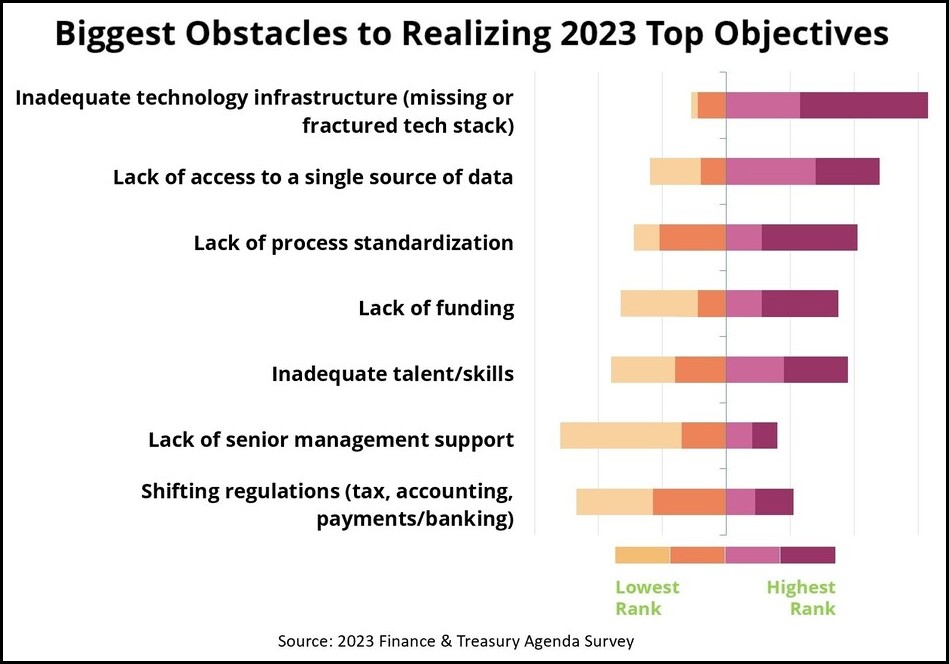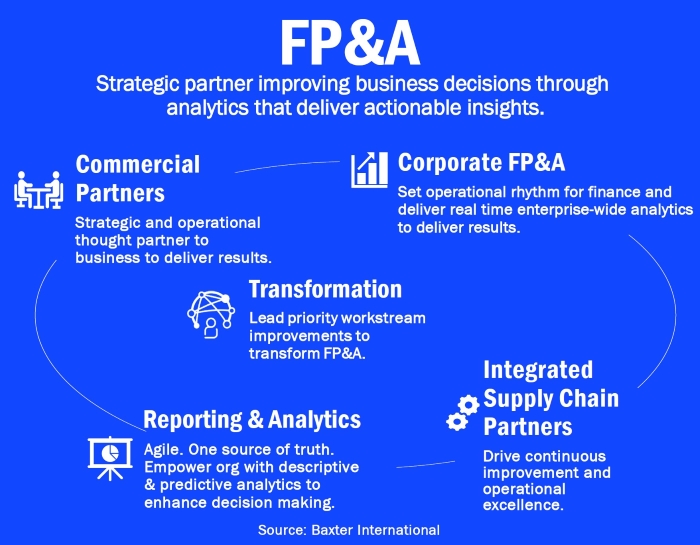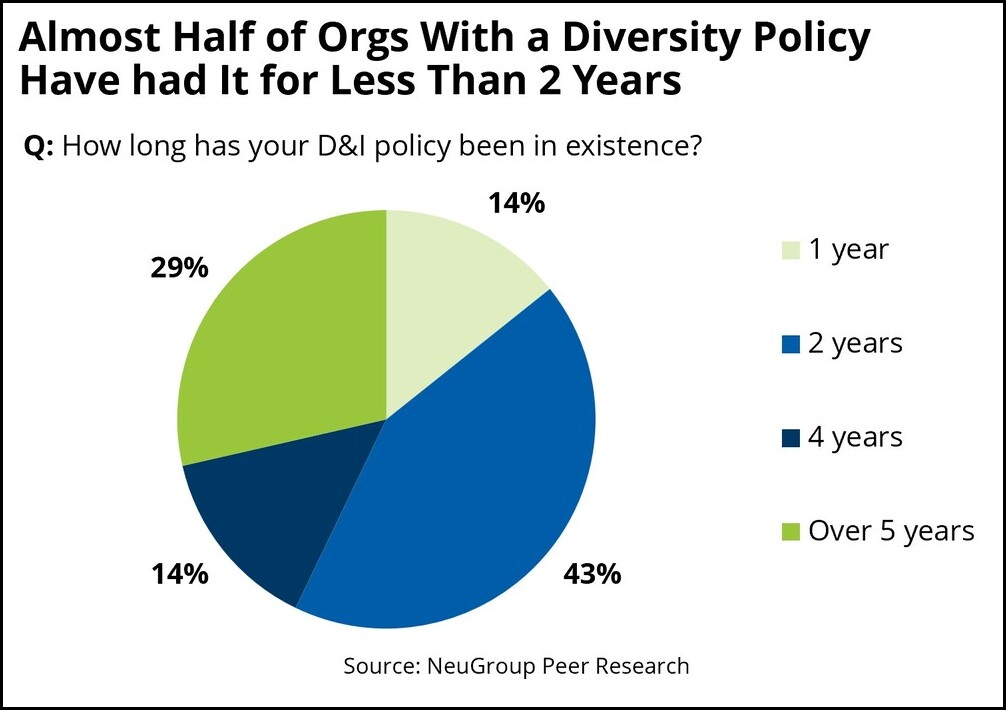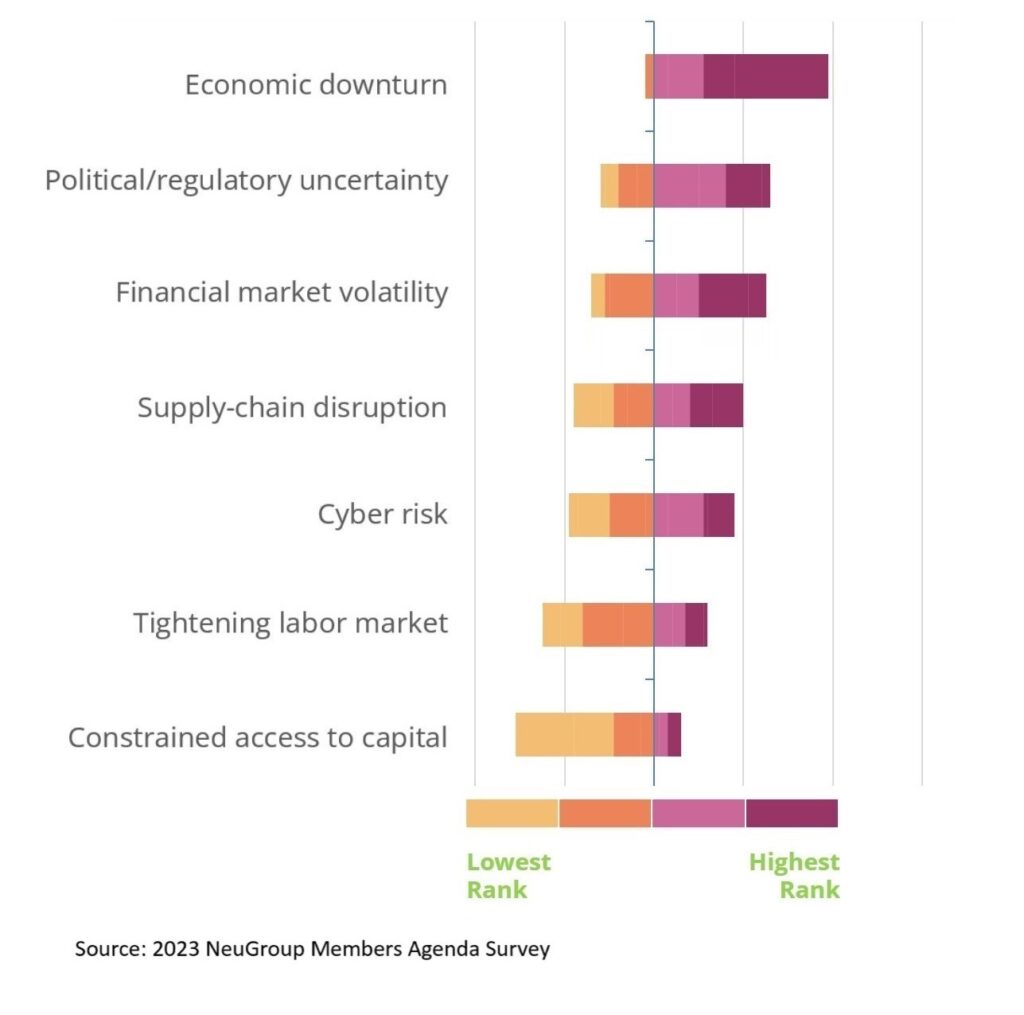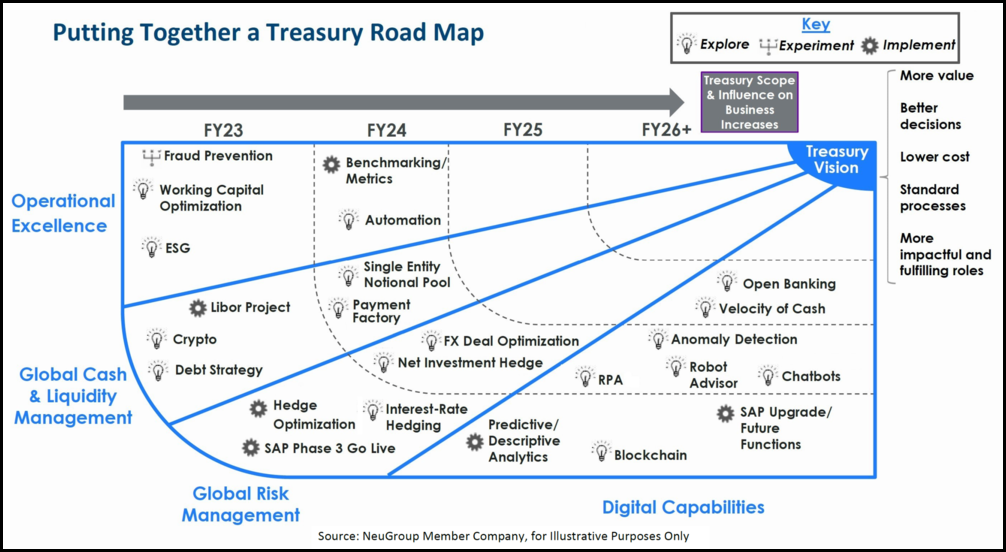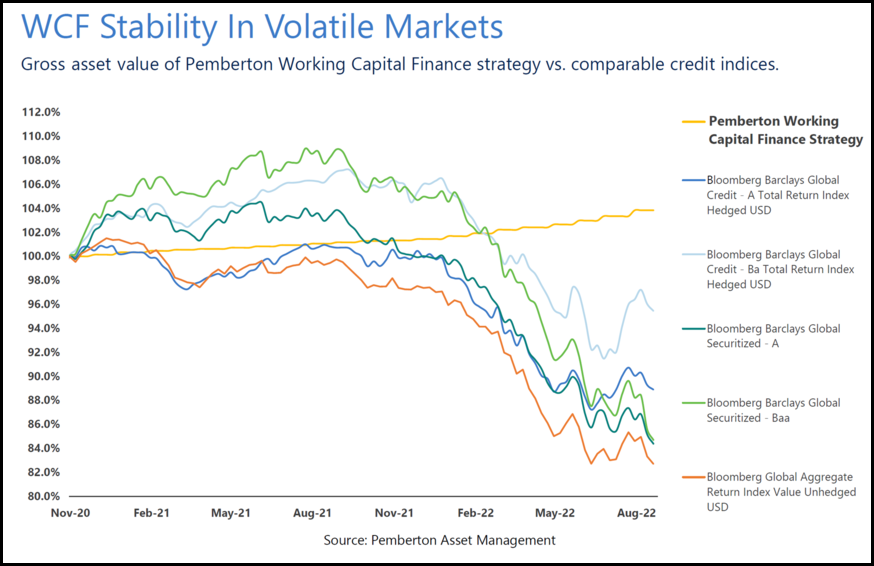The FASB’s disclosure rules will bring transparency to SCF programs but don’t require reclassification of trade payables.
The world of supply chain finance (SCF) is facing a major change. Starting in 2023, corporations that extend payment terms with their suppliers and set up SCF programs so those vendors can be paid early by a bank or other third-party finance provider will have to disclose the terms and size of the SCF programs in financial statement footnotes. “It’s one of the most widely discussed topics in the industry right now,” said Casey Dunn, Global Head of Payables and Inventory Finance at Deutsche Bank. “This is the issue people have the most questions about.”
The FASB’s disclosure rules will bring transparency to SCF programs but don’t require reclassification of trade payables.
The world of supply chain finance (SCF) is facing a major change. Starting in 2023, corporations that extend payment terms with their suppliers and set up SCF programs so those vendors can be paid early by a bank or other third-party finance provider will have to disclose the terms and size of the SCF programs in financial statement footnotes. “It’s one of the most widely discussed topics in the industry right now,” said Casey Dunn, Global Head of Payables and Inventory Finance at Deutsche Bank. “This is the issue people have the most questions about.”
Companies started asking those questions long before the Financial Accounting Standards Board (FASB) issued the final standard in late September 2022. That came after years of deliberations, debate and discussion involving investors, credit rating agencies, accounting firms, banks, regulators and corporates. Fueling much of the global scrutiny and media coverage: several large insolvencies of corporations that had implemented SCF programs. Critics charged that SCF allowed struggling companies to hide debt by classifying it as trade payables.
More Transparency
Until now, there have been no explicit disclosure requirements in generally accepted accounting principles (GAAP) about SCF programs; a corporate buyer can present SCF obligations in accounts payable or in another balance sheet line item. The programs have grown in popularity and are used by many investment-grade multinational corporations.
Corporates that have a SCF program or are considering one are digesting the details of what the FASB’s new disclosure rules mean for them in practical terms, along with their auditors and compliance teams. The treasurer at one NeuGroup member mega-cap company that uses SCF programs across the globe noted, “It’s more disclosure, which is more work. But at least it standardizes disclosure, which is generally good for stakeholders.”
Christian Hausherr, Product Manager for Supply Chain Finance for EMEA at Deutsche Bank, said that more transparency and visibility surrounding SCF programs will benefit corporates as well as their stakeholders—even as it requires time and resources to report the information. “It’s good for them because the analysts and investors who are reading the reports will get a better understanding of the balance sheet and the company’s assets and liabilities. And at the end of the day, they may be more willing to invest.”
The Classification Discussion
What the FASB’s Accounting Standards Update on supplier finance obligations does not do may be almost as significant as what it requires—at least for finance executives at corporates who manage relationships with credit rating agencies. The standard does not mean that a company must reclassify SCF obligations on its balance sheet from trade payables to bank debt—something that could throw off key debt ratios, resulting in lower credit ratings and higher costs of capital.
“Of course that’s a relief,” said the mega-cap treasurer. “We thought it was the right answer. This issue is important. The fact that we don’t have reclassification but have disclosure is a good trade-off. It’s certainly a better result than reclassification.”
How a company classifies SCF obligations is a matter for discussion solely between the corporate and its outside auditors. But Deutsche Bank and other leading financial institutions that structure the programs design them following industry standards, in part so the corporate will maintain trade payable classification—as long as its auditor agrees.
“That’s what helps your balance sheet metric, your working capital, your cash conversion cycle,” said Deutsche Bank’s Mr. Dunn. “If FASB had taken the stance that any portion of these obligations would require classification as bank debt, more corporates may have faced tougher decisions about the future of their programs,” he added.
Mr. Hausherr—chair of the Global Supply Chain Finance Forum—said the FASB’s disclosure rules are not a reason corporate buyers should feel they have to shut down programs. “From the outset, the industry was involved and gave its recommendations. We explained to the accounting bodies what we actually do and provided specific standards they could refer to,” he said. “What we are talking about now is not an accounting debate, it’s a reporting discussion. There may be an indirect impact on the accounting, but if industry recommendations are followed, there’s no need to step into a classification or accounting debate.”
What Must Be Disclosed
Here is the FASB’s description1 of the main provisions of what corporate buyers that use SCF programs must disclose in each annual reporting period:
- “The key terms of the program, including a description of the payment terms (including payment timing and basis for its determination) and assets pledged as security or other forms of guarantees provided for the committed payment to the finance provider or intermediary
- “For the obligations that the buyer has confirmed as valid to the finance provider or intermediary:
a. The amount outstanding that remains unpaid by the buyer as of the end of the annual period (the outstanding confirmed amount)
b. A description of where those obligations are presented in the balance sheet
c. A rollforward of those obligations during the annual period, including the amount of obligations confirmed and the amount of obligations subsequently paid. [Note: the roll-forward requirement goes into effect in 2024.]
“In each interim reporting period, the buyer should disclose the amount of obligations outstanding that the buyer has confirmed as valid to the finance provider or intermediary as of the end of the interim period.”
1 FASB Accounting Standards Update; No. 2022-04; September 2022; Liabilities—Supplier Finance Programs (Subtopic 405-50)
What To Do Now: A Checklist
And here’s a checklist of considerations provided by Deutsche Bank for corporates reviewing the new FASB disclosure rule and examining an existing SCF program or designing a new one.
- Ensure that key stakeholders know the disclosure rule exists and that your auditor is up to speed with all its requirements.
- Understand the implications of the regulation and how a payables finance program may be presented ideally in the balance sheet.
- Employ sensitivity on contractual design with the bank/SCF service provider and how the payables finance program is set up with respect to the buyer-seller relationship; the buyer-bank relationship; and the seller-bank relationship. These need to follow a certain structure laid out in industry standards.
- Corporate buyers—and their procurement teams—must understand the SCF program is optional; no supplier may be forced into a payables finance program.
- Ensure that payment terms make sense and fit the industry and region. Make sure the share of overall procurement value or volume run through the SCF program is not excessive.
Looking Ahead
Although some corporates may look for alternatives to traditional supply chain finance programs that do not require disclosure, many will not. “We expect most corporates currently using SCF programs to maintain them,” Mr. Dunn said. “We believe the economic value unlocked for both buyers and their suppliers will outweigh any potential burden created by disclosure for a program.”
He believes the new rules will ultimately benefit the entire SCF industry as well as investors and others who want more information about the programs. “It might even work as a game changer in that it will increase the quality of supply chain finance programs that are in the market because buyers will be more sensitive to applying the appropriate principles and recommendations that are already out there.”
Mr. Hausherr says corporates that fear the new reporting requirements mean they will also have to reclassify obligations as debt are reaching the wrong conclusion. The approach he recommends boils down to two steps: “You need to determine what you actually do in a supply chain finance program and you need to report. And it’s at the absolute discretion of the auditor whether this is trade payables or debt.”
Corporates should not expect finality with the FASB’s new disclosure rule. In Mr. Dunn’s view, “The conversation is probably not over. This is a discussion that’s evolved over the last 20 years with modifications made from time to time. But the general theme is ‘don’t act in a manner that goes against industry standards, right?’ If you’re buying milk, you shouldn’t have 700-day payment terms.”
Some corporates hope disclosure will curtail companies that push the envelope on payment terms, but hope it does not ultimately result in regulators drawing broad lines in the sand about when a trade payable must be classified as debt. “Will the reclassification discussion die?” asked the NeuGroup member mega-cap treasurer: “No. But what happens is partly dependent how well we regulate ourselves.”

